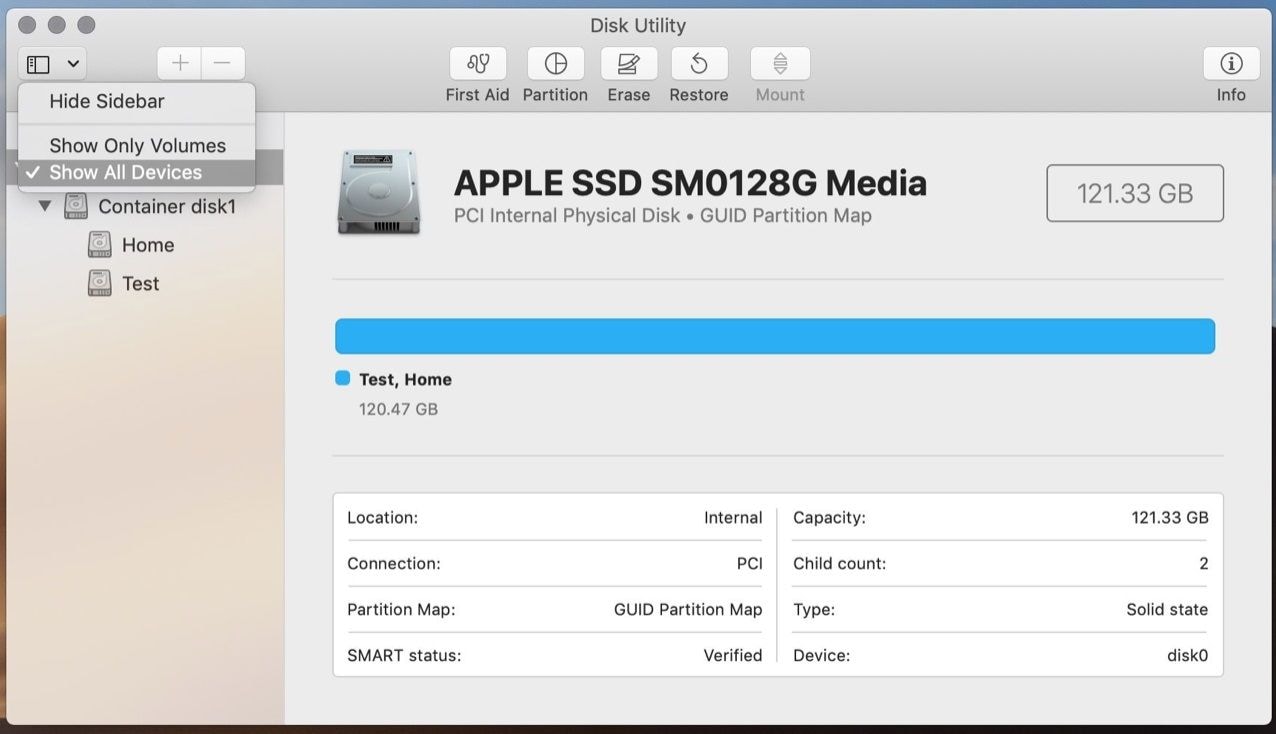

- #Mac formatter free
- #Mac formatter mac
Shop the Best Selection of Custom USB Drives at USB Memory Direct
It is now ready for use on any Mac or Windows system. Your Mac will automatically format your drive to the desired format.
You will be prompted to give the drive a new name and choose a file system in the new window. 
Ensure that you have selected the correct drive and then click the "Erase" button.

Select your USB drive on the left-hand menu when the Disk Utility window opens.

Open the Disk Utility app by typing "Disk Utility" in Launchpad or using the keyboard shortcut Command + Space.Insert your USB drive into your Macintosh computer.Simply let it finish the process and it'll be ready for use and compatible with any Windows or Mac computer. Windows will then automatically format your drive to the exFAT file system. Windows may display another window asking you to confirm. Volume label refers to the drive's name.If "Quick Format" is checked, uncheck it.Under it is a file system drop-down menu.
A new window titled "Format Windows" should appear, displaying your drive's actual capacity in gigabytes, typically slightly under the drive's advertised capacity (e.g., a nominally 32 GB drive might actually have 29.5 GB or 29.8 GB of free space). Brand-new drives should cause Windows to display a text box asking you if you want to format it. Insert your USB drive into your Windows PC. Here are the steps to follow on each operating system. Whether your USB drives are standard thumbsticks or USB business cards, the formatting process remains the same. Although exFAT was developed by Microsoft and is a descendant of earlier FAT16 and FAT32 file systems, it is recognized by both Windows and Mac systems. If you want your USB drives to be compatible on both Windows and Mac computers, the most versatile option is to format your USB drives to exFAT (extensible File Allocation Table). APFS is supported on all macOS, iOS, tvOS and watchOS devices featuring USB ports. If your drives are meant exclusively for use on Apple devices, you can format your drive to use APFS. The primary advantage is making your drives compatible with virtually all Windows systems with USB ports (the USB standard was released in 1996). If you are confident that your USB drives will only be used on Windows systems, you can format a USB drive to use NTFS. Depending on the OS your business computers use the most, you have three formatting options: NTFS, APFS or exFAT. On macOS, the file system is simply known as Apple File System (APFS), introduced in 2017 with macOS 10.13 and iOS 10.13.īrand-new USB drives, from single thumbsticks to USB wristbands sold wholesale, cannot be immediately used and recognized by a computer because they have not yet been formatted to use a file system that the computer can recognize. The file system on Windows is New Technology File System (NTFS) which has been in use since the release of Windows NT 3.1 in 1993. For example, a file system determines how files are named, stored, organized and retrieved. The file system is a collection of processes dictating your operating system's data reading and writing methods. One of the primary differences between Windows PCs and computers running macOS is the file system. The File System: Why the Formatting Method Matters Here are the step-by-step procedures for all three use cases. If you're interested in formatting USB drives for business use, it is crucial to understand that the process depends on whether your company primarily uses Windows PCs, Macs or a mix of both. A USB drive requires no internet connection, can transfer files to and from a local device quickly, can be physically disconnected and secured away and are physical objects that can carry your branding and company identity. Although the current trends favor using the cloud and decentralized applications for storage and file transfer, the USB drive still plays a relevant role in business applications.








 0 kommentar(er)
0 kommentar(er)
